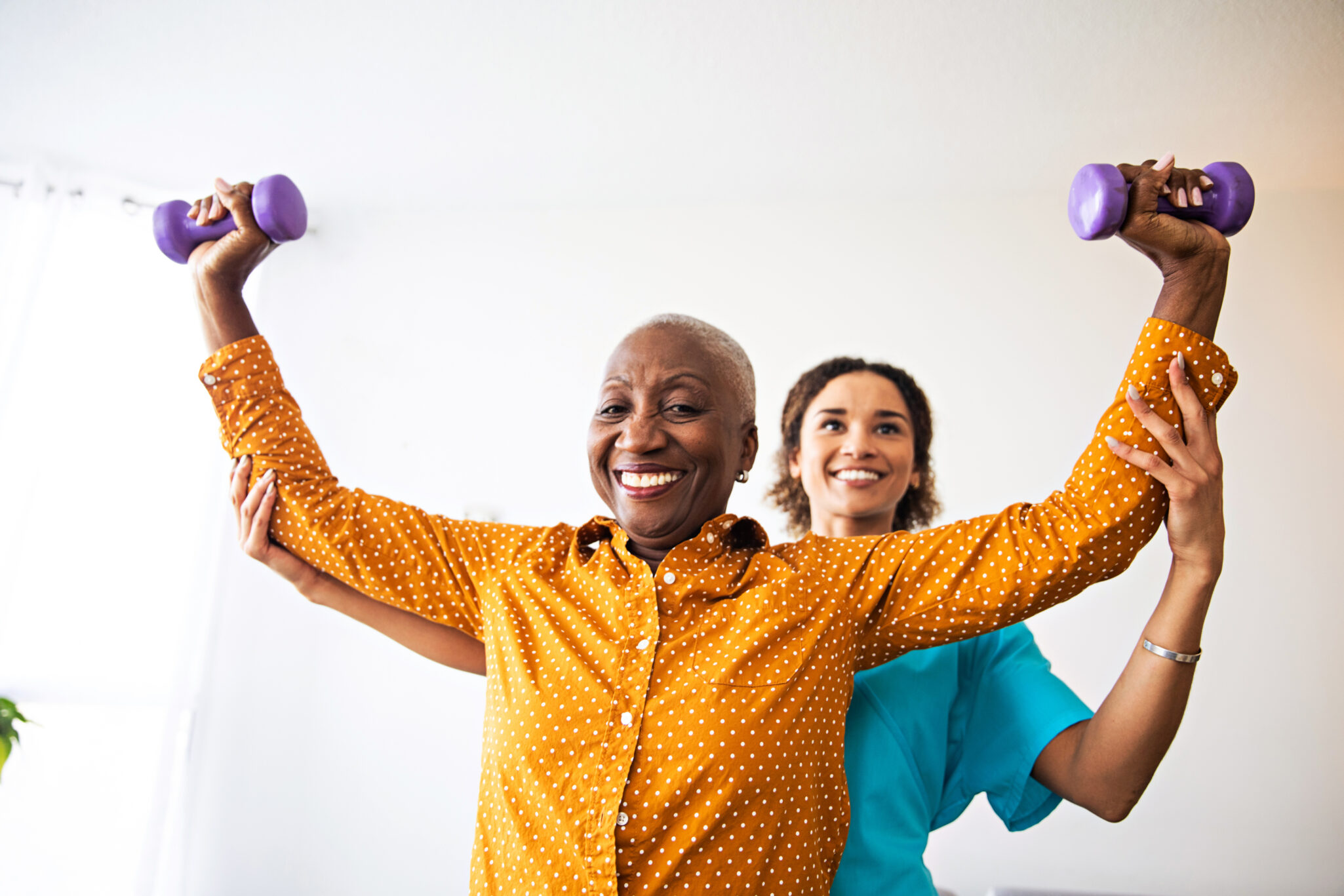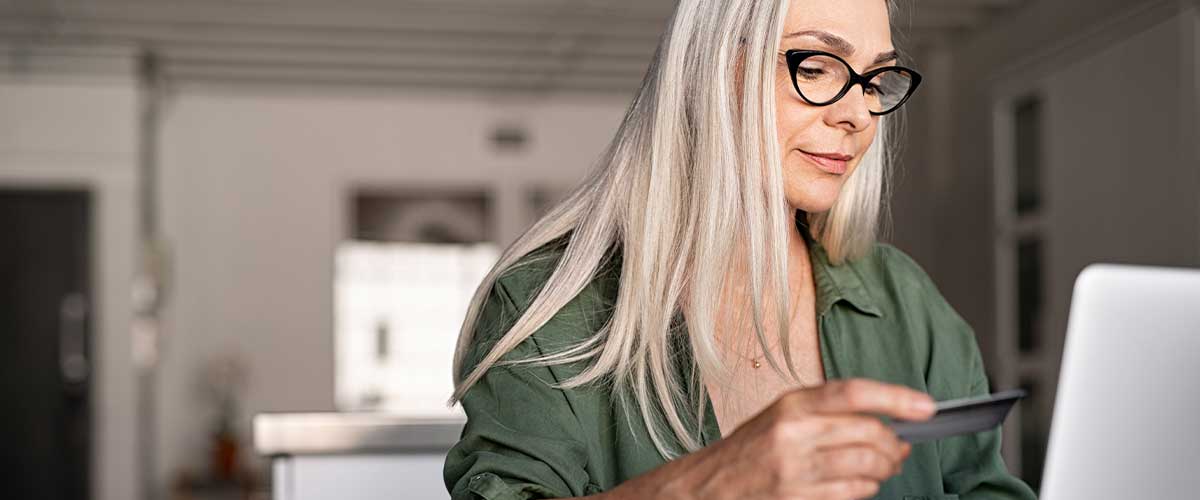How Post-Stroke Rehabilitation Helps You Achieve Your Recovery Goals

According to the American Stroke Association, strokes affect more than 795,000 Americans a year and are the No. 5 killer and a leading cause of long-term adult disability, but rehabilitation rates are encouraging. In some cases, brain cell damage due to a stroke may be temporary and may resume functioning over time. In other cases, the brain can reorganize its own functioning and a different region of the brain takes over for the stroke-damaged region.
The numbers on stroke recovery in the U.S.:
- More than 80% of stroke survivors live at home
- More than two-thirds of stroke survivors receive rehabilitation services after hospitalization
- 35-40% of survivors have limitations in basic activities of daily living 6 months after their stroke
- 40% experience moderate to severe impairments
- 10% require some type of long-term care
The Importance of Rehabilitation after a Stroke
Researchers have found that people who participate in a focused short-term rehabilitation program after a stroke recover better than most people who don’t. That’s why rehabilitation is recommended for all people affected by stroke.
Stroke rehabilitation is a program of different therapies designed to help you relearn lost skills. Depending on the parts of your brain affected, rehabilitation can help with movement, speech, strength and daily living skills to help you regain independence and improve your quality of life.
The sooner you begin your stroke rehabilitation, the more likely you are to regain lost abilities and skills. Rehabilitation will typically start within 24 to 48 hours after your stroke while you’re in the hospital.
What’s Involved in Stroke Rehabilitation?
The time you spend rehabbing depends on the severity of your stroke and related complications. Some people recover quickly, but most need some form of long-term rehabilitation lasting for possibly months or even years. As you relearn skills and your needs change, your plan will also change. Here are some typical types of stroke rehabilitation programs you can expect:
Physical therapy: For most people who have a stroke, this is the main form of rehabilitation. The goal of physical therapy is to help you relearn simple motor activities such as walking, sitting, standing, lying down, and the process of switching from one type of movement to another. Physical therapists use training and exercises to restore movement, balance and coordination. Physical activities might include:
- Motor-skill exercises — These are exercises designed to help improve muscle strength and coordination throughout the body including, muscles used for balance, walking and even swallowing.
- Mobility training — This training is to help you learn to use mobility aids, such as a walker, cane, wheelchair or ankle brace. The ankle brace can stabilize and strengthen your ankle to help support your body’s weight while you relearn to walk.
- Constraint-induced therapy — This therapy is also sometimes called forced-use therapy and is when an unaffected limb is restrained while you practice moving the affected limb to help improve its function.
- Range-of-motion therapy — Certain exercises and treatments can ease muscle tension and help you regain range of motion.
Occupational therapy: A stroke can affect many everyday activities like eating, drinking and swallowing, dressing, bathing, cooking, reading and writing, and using the bathroom. Occupational therapy involves exercise and training, and even home and workplace modifications, to better help you resume living an independent or semi-independent lifestyle.
Speech therapy: This type of therapy is for people who have no issues with cognition or thinking but have problems understanding speech, written words, or forming speech. Speech therapy also helps people develop coping skills to deal with the frustration of not being able to communicate fully. With time and patience, speech therapy can help a stroke survivor regain some, and sometimes all, language and speaking abilities.
Psychological or psychiatric therapy: After a stroke, many people may become depressed, anxious, frustrated and angry. Therapy, along with medication, can help ease some of the mental and emotional problems that result from stroke.
Get Back to Doing What You Love
If you’ve recently had a stroke, you may have a lot of questions and concerns. However, you’re not alone. Our specially trained staff can help. To learn more about how our short-term care can get you back on the road to recovery, use our Community Assistant chat feature or contact us here.




